Mexico holds significant importance from various perspectives, including cultural, economic, tourism, and geographical aspects:
– Cultural Diversity: Mexico boasts a rich history and a blend of indigenous, Spanish, and other influences, creating a highly diverse and rich culture.
– World Heritage: It is home to several UNESCO World Heritage sites, including historic cities, Mayan and Aztec archaeological sites, and stunning natural landscapes.
– Large Economy: As one of the world’s largest economies, Mexico plays a crucial role in international trade and industry.
– Exports: It is one of the largest exporters of oil and agricultural products.
– Tourist Attractions: With beautiful beaches, ancient ruins, and cultural festivals, Mexico is one of the most popular tourist destinations in the world.
– Natural Diversity: From tropical forests to deserts and snowy mountains, it boasts a wide range of biodiversity.
– Strategic Location: Situated between North America and Central America, it serves as a bridge between two continents and two oceans (the Pacific Ocean and the Gulf of Mexico).
– Climatic Diversity: Mexico has one of the world’s most diverse climates, ranging from tropical to temperate and arid.This mix of cultural, natural, and economic diversity makes Mexico a unique and significant country on a global scale.
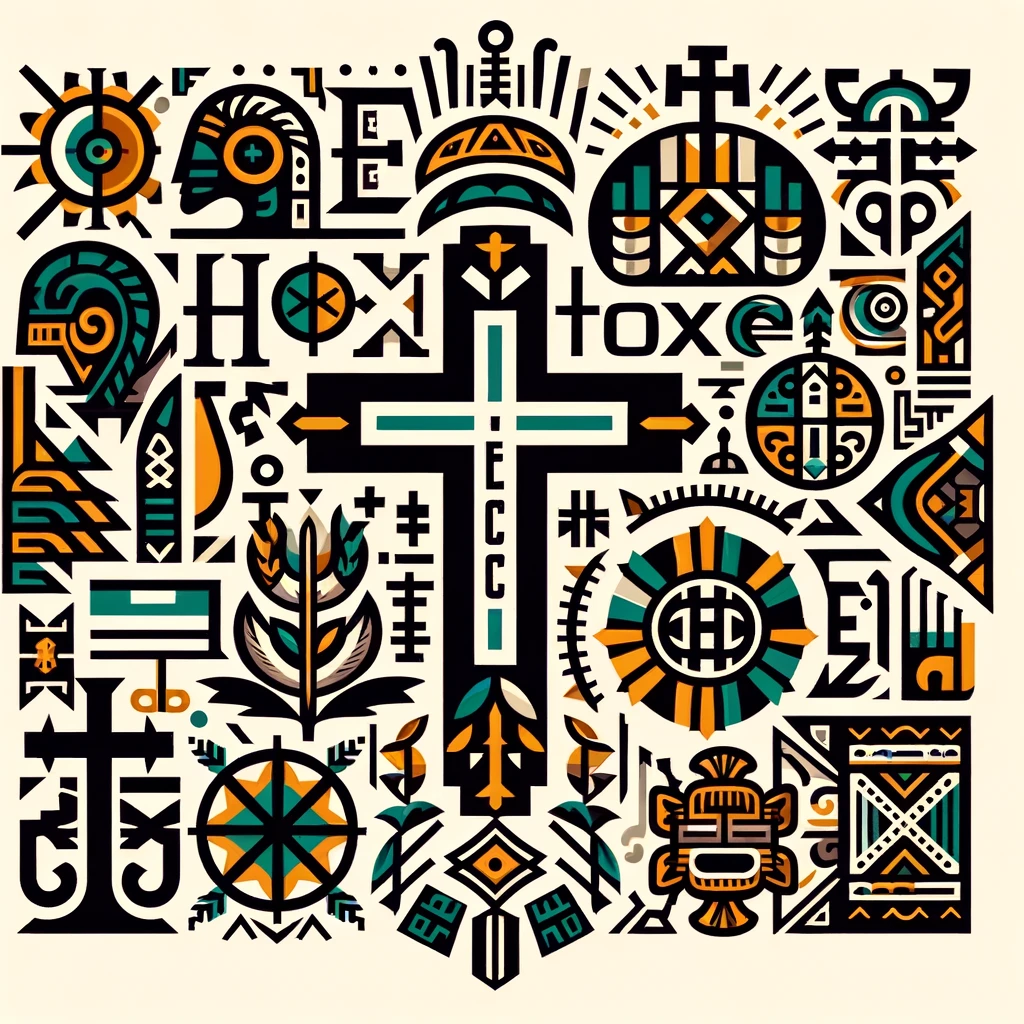
The official language of Mexico is Spanish. Mexican Spanish, due to the country’s colonial history by Spain and its cultural influences, is the most widely used among the population. In addition to Spanish, 68 indigenous languages and thousands of indigenous dialects are spoken throughout Mexico, showcasing the deep cultural diversity of this country. Nahuatl and Maya languages are among the most important indigenous languages that still have a significant number of speakers.
Mexico is predominantly a Christian country, with a large majority of the population identifying as Catholic. Catholicism plays a significant role in Mexican culture and traditions, from religious celebrations and ceremonies to art and architecture. However, in recent decades, religious diversity has increased, with growing communities of Protestants, Orthodox Christians, Jehovah’s Witnesses, along with smaller communities of Jews, Muslims, and Buddhists. In addition to Abrahamic religions, many Mexicans still adhere to pre-Columbian indigenous rituals and beliefs, often intertwined with elements of Christianity.This combination of language and religion reflects the cultural diversity and complexity of Mexico, a country that has always been able to blend its ancient heritage with new influences.
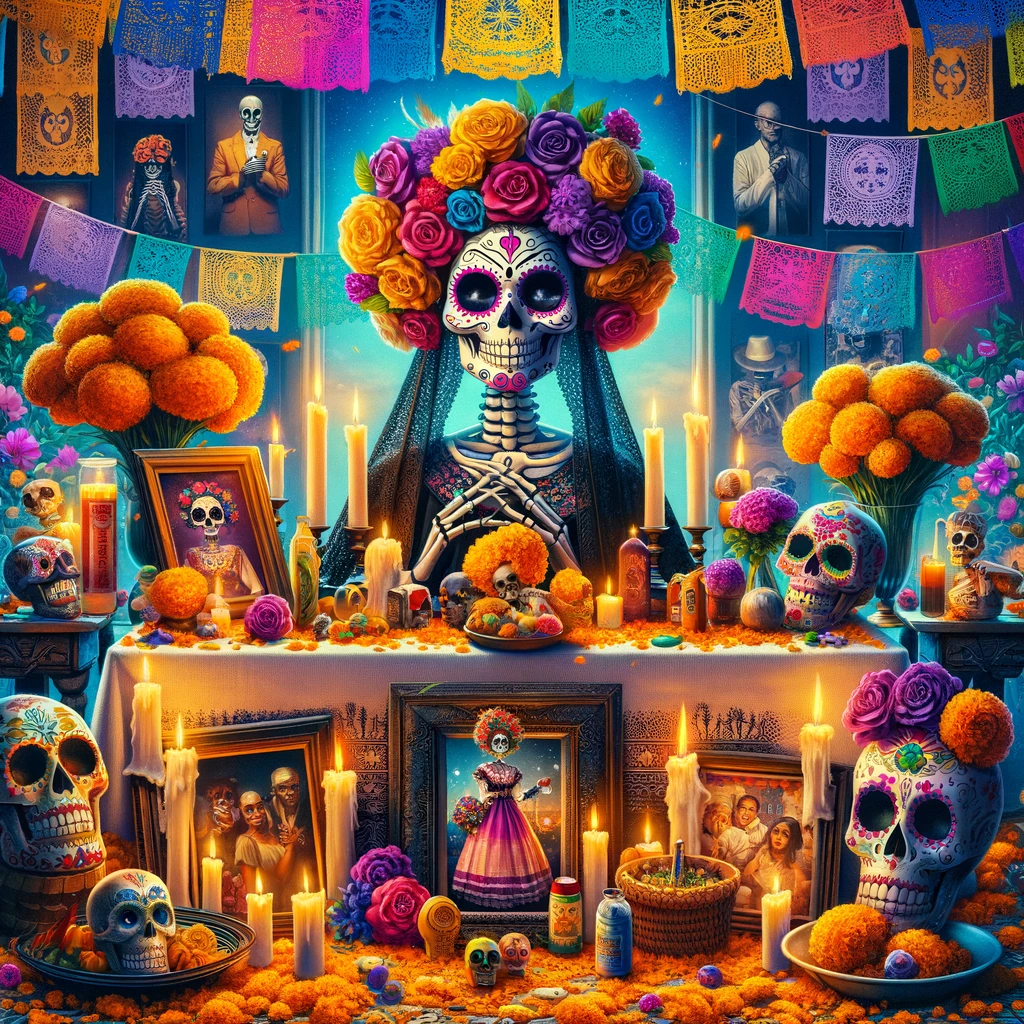
Skeletons are symbolic of the Day of the Dead (Día de los Muertos) celebration in Mexico, one of the most important and colorful cultural festivals in the country. This celebration, typically held on November 1st and 2nd, commemorates and pays respect to departed loved ones.
Symbolism of Skeletons: During this festival, skeletons and skulls (known as Calaveras in Spanish) appear as sculptures, candies, and hand-painted artworks, often depicted in lively and cheerful forms, adorned with colorful clothing and intricate decorations. These symbols celebrate life instead of expressing fear of death and serve as a reminder of cherished memories of loved ones who are no longer with us.
La Catrina: One of the most famous symbols of the Day of the Dead is “La Catrina,” a skeleton lady depicted in elegant attire and adorned with a fancy hat. This character was created by the Mexican artist, José Guadalupe Posada, and is seen as a social critique of the bourgeois class and their tendency to mimic European culture at that time.
Cultural Significance: The Day of the Dead is a culturally and spiritually significant event in Mexico, rooted in indigenous traditions predating colonization and combined with Christian influences. This celebration is recognized as a reminder of the cycle of life and death and the reconnection with the spirits of departed loved ones.
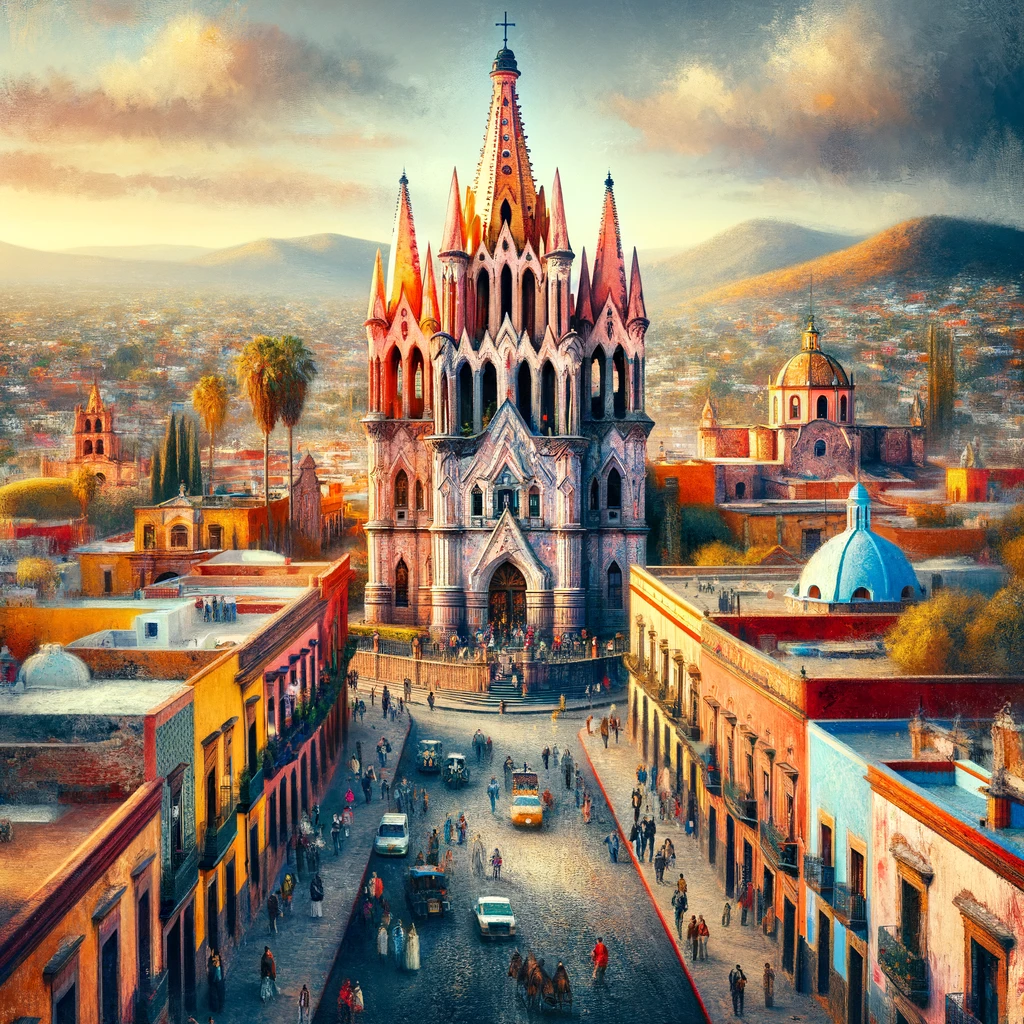
This image depicts the charming town of San Miguel de Allende in Mexico, showcasing its colonial architecture, bustling streets, and the iconic Parroquia de San Miguel Arcángel church. The colorful buildings and inviting atmosphere reflect the city’s rich cultural heritage and artistic spirit, highlighting why this place is recognized as a UNESCO World Heritage site and one of Mexico’s most beloved and popular destinations.
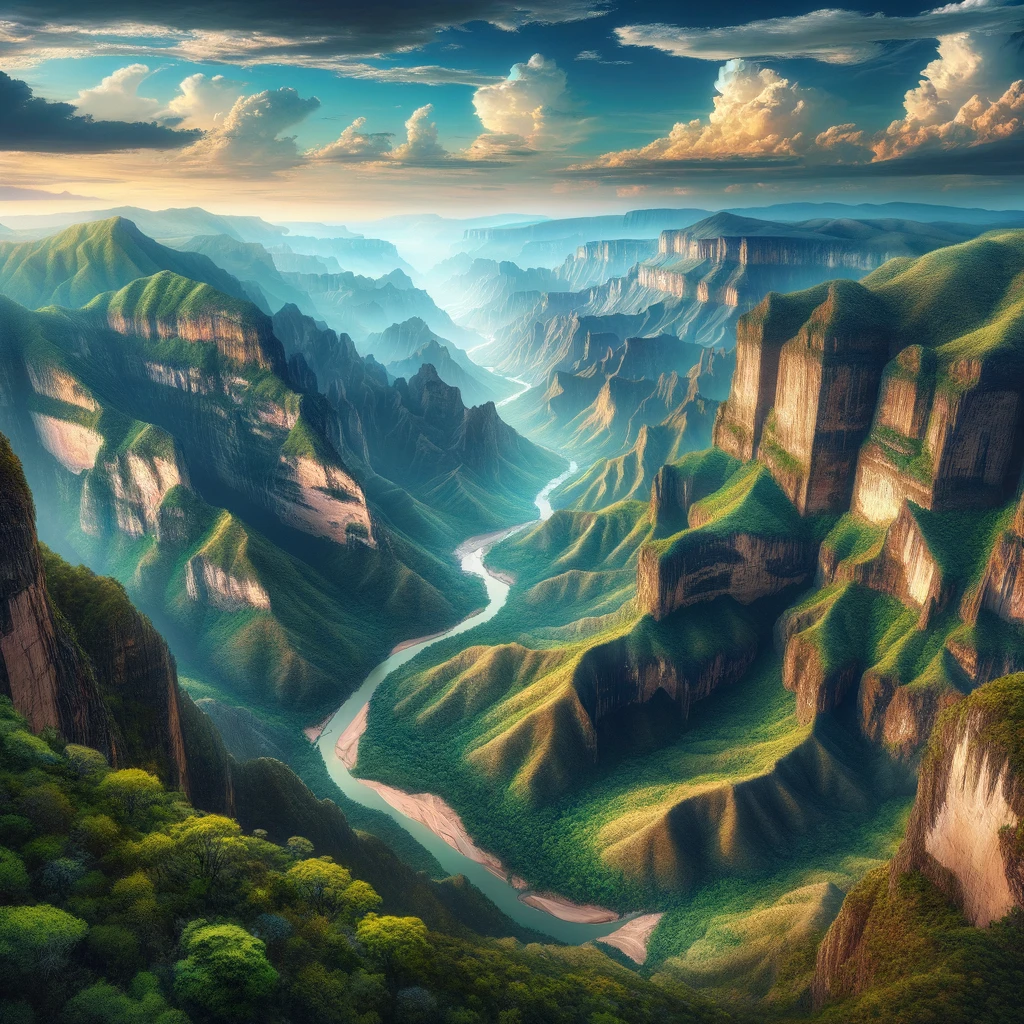
The Copper Canyon, a collection of several immense canyons in northwestern Mexico in the state of Chihuahua, forms a network that in some areas is deeper and wider than the Grand Canyon in the United States. This region is known for its breathtaking natural landscapes, towering cliffs, lush forests, and roaring rivers.Biodiversity and Nature: The Copper Canyon boasts remarkable biodiversity, including various plant and animal species. The area encompasses coniferous forests, temperate rainforests, and desert regions, hosting diverse ecosystems.Culture and Tradition: The Copper Canyon is home to the Rarámuri people, known for their traditional way of life, long-distance running, and exceptional running skills. These people harmonize with nature and the surrounding lands and possess a rich and unique culture.Tourism and Activities: The Copper Canyon is a popular destination for hiking, mountain biking, and nature adventures. The Chihuahua al Pacifico Railway to the western coast is one of the most scenic rail routes in the world, offering views of canyons, forests, and rock formations. This route takes tourists through the heart of the canyons for an exciting journey.The Copper Canyon is not only notable for its stunning natural landscapes but also for its cultural and historical significance. This area invites exploration and offers a blend of mesmerizing nature and deep culture.
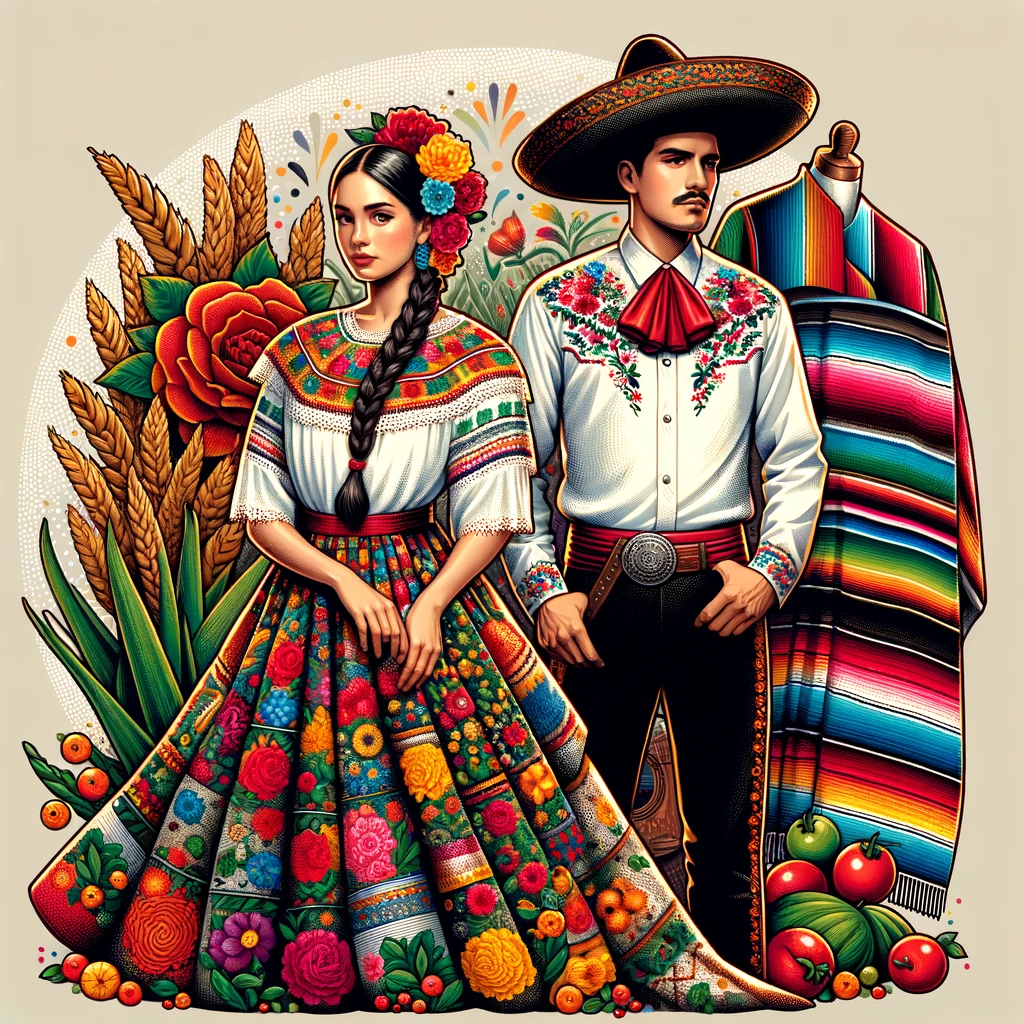
The traditional clothing of the Mexican people reflects the cultural diversity and richness of this country, incorporating influences from indigenous and Spanish cultures. Here are some types of Mexican traditional clothing:For Women:- Huipil: A traditional long blouse often handwoven and decorated with colorful and intricate patterns. This garment is popular in the southern and southeastern regions of Mexico.- Rebozo: A long and narrow shawl used by Mexican women to cover their head and shoulders. The rebozo is worn in various ways, serving as an accessory and even for carrying children.For Men:- Guayabera: A button-down shirt with multiple pockets commonly worn in formal occasions in tropical regions.- Charro: The traditional attire of Charros (Mexican horsemen) includes a jacket, pants, ornate belt, sombrero, and boots. This outfit is typically worn at celebrations and formal events.Indigenous Clothing:Indigenous clothing in Mexico is highly diverse and varies depending on tribes and regions. These garments are often handcrafted using natural materials and adorned with traditional patterns and bright colors. Each tribe has its own unique patterns and colors that often reflect their stories, beliefs, and traditions.Clothing in Mexico serves not only as a means of protecting the body but also as an expression of cultural, regional, and social identity for individuals.
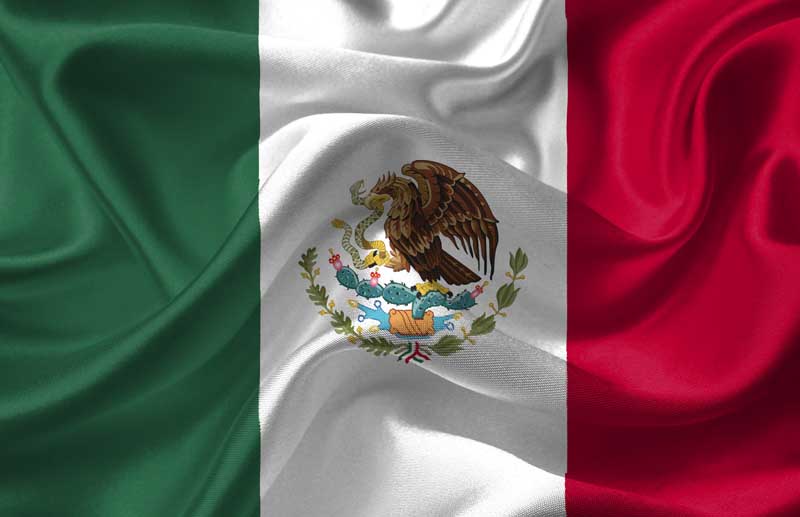
flag of Mexico, characterized by its three vertical stripes in green, white, and red. At the center of the white stripe, it features the national coat of arms: an eagle perched on a prickly pear cactus, holding a serpent in its beak and talon. This emblem is deeply symbolic, drawing from an Aztec legend that signified the location where Mexico City was founded. The green stripe represents hope and prosperity, the white symbolizes purity and unity, and the red stands for the blood of the national heroes. The flag as a whole embodies the pride, sovereignty, and rich history of the Mexican nation.

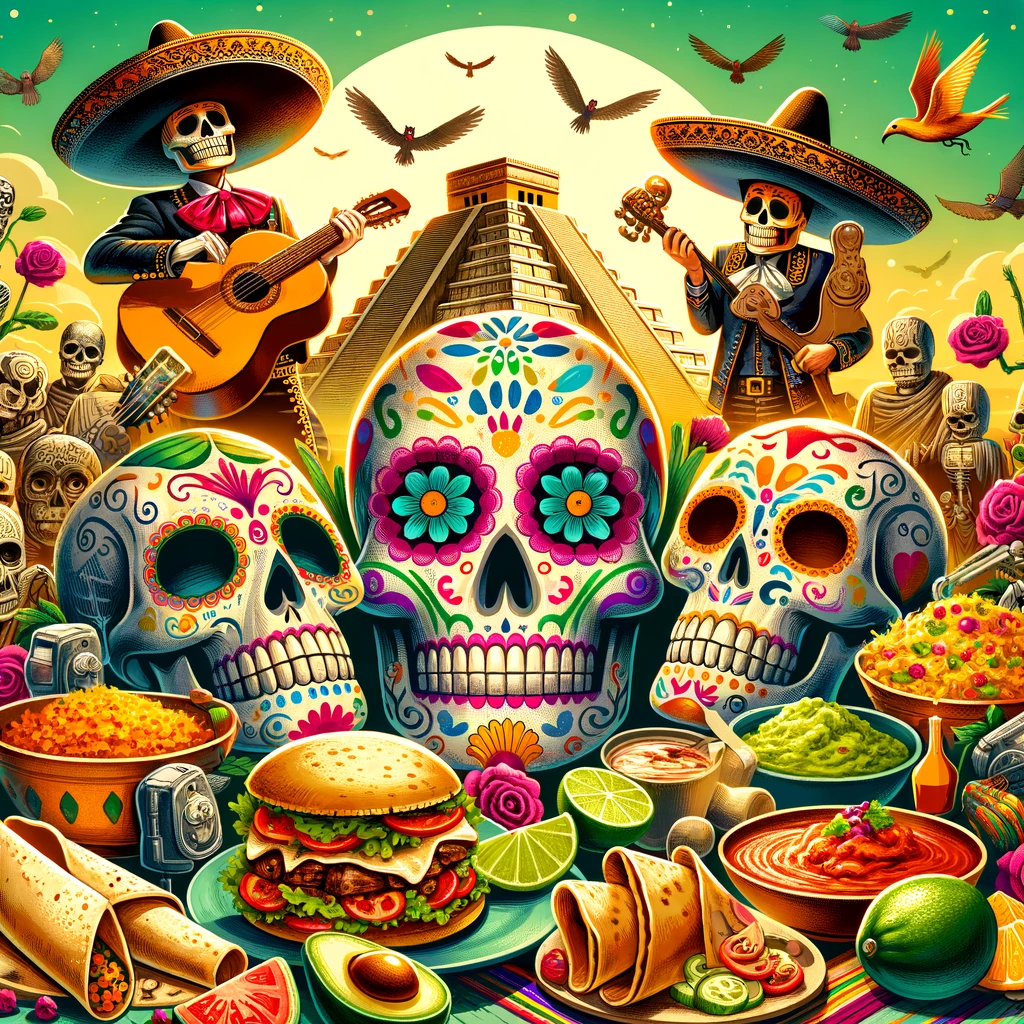
Leave a Reply